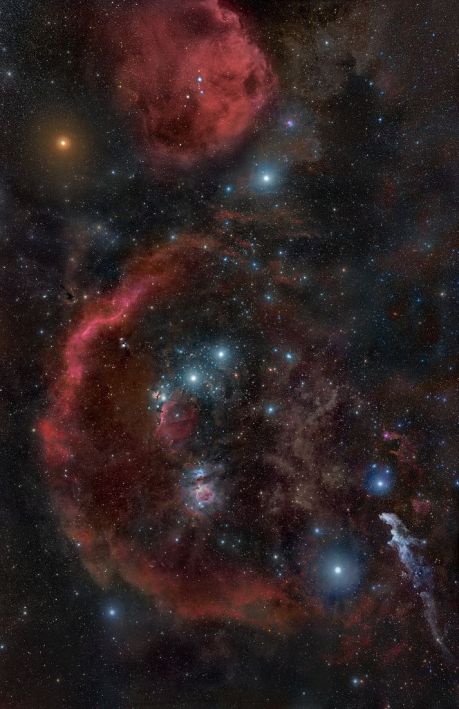Universe acceleration, observed and predicted

Orion Head to Toe
By Rogelio Bernal Andreo [CC BY-SA 3.0 (http://creativecommons.org/licenses/by-sa/3.0)], via Wikimedia Commons
There is observational evidence that our Universe underwent a phase of accelerated expansion sometime in its early history. But, until recently, the predictions of theories suggested by quantum gravity for this inflationary epoch fared poorly when compared with measurements of the cosmic microwave background.
Though tremendously successful, the concept of inflation does not fit into the standard model of particle physics. The inflationary epoch was a consequence of nuclear force breaking away from the weak and electromagnetic forces that it was unified with at higher temperatures.EU-funded scientists explored its connection with fundamental physics such as string theory and effective field theory.
The efforts of the scientists working on the INFLATION-PHENO (The phenomenology of inflation) project concentrated on the phenomenology of inflation. Data from the Planck mission, the Wilkinson Microwave Anisotropy Probe (WMAP) and the Background Imaging of Cosmic Extragalactic Polarization (BICEP2) telescope were revisited.
Detection of primordial gravitational waves gave the team a diagnostic tool to scrutinise models against observational data. These ripples in cosmic microwave background offered a new window onto the early Universe. The re-analysis of observational data revealed signatures of a blue tensor tilt that contradicts the predictions of inflationary models.
Specifically, the power spectrum of the tensor background representing fluctuations of closed strings has a blue tilt. This feature distinguishes the string thermodynamic generation of primordial perturbations from the predictions of standard inflationary models. INFLATION-PHENO scientists also searched for fundamental theories that underlie inflationary models.
The possibility that inflation contributes to the strengthening of the gravitational force at very high energies was explored through collaborations developed during the INFLATION-PHENO project. Similar details have worked out in realistic calculations without making poorly justified assumptions. However, although inflation has many attractive features, it remains to be proven in particle physics experiments.
published: 2015-11-03

